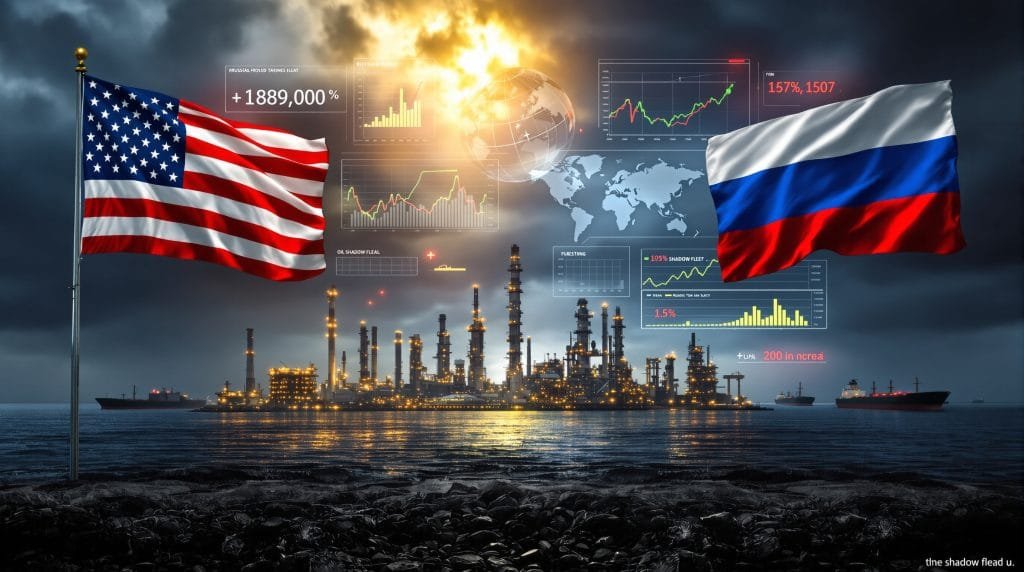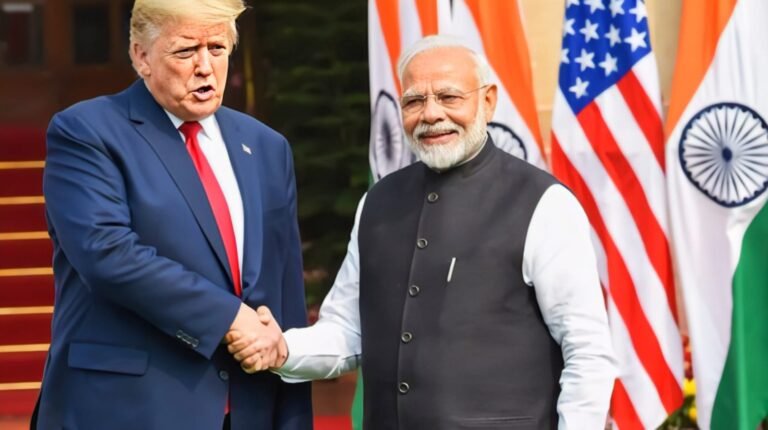
The United States announced sweeping oil sanctions on Russian energy giants Rosneft and Lukoil in October 2025 to curb Moscow’s war funding.
Quick summary: In October 2025, the US imposed sweeping new sanctions on Russia’s largest oil-producing and exporting enterprises (especially high-profile entities including Rosneft and Lukoil) and their associated shipping/insurance/distribution networks. The objective: to pressure Moscow to stop the war in Ukraine by cutting off Russian oil revenue streams. These measures include freezing companies’ assets, cutting them off from the US financial system, and putting pressure on maritime insurance/financing all centered on the G7’s oil-price cap and enforcement strategies, which are conventional and theoretically enforceable against other countries. These sanctions appear to immediately impact global oil supplies and prices and could exert pressure on the Russian economy, but the actual impact will depend on the extent to which China, India, and some Asian buyers purchase, and how quickly they can shut down routes like the “shadow fleet.”
Why were these steps taken Political and strategic reasons
Presidential and administration statements indicate that the objective is to force Moscow into a ceasefire by targeting Russia’s economic revenue streams—especially oil revenue. US intelligence/financial strategists have made clear that oil and gas are key sources of revenue for Russia’s budget and military operations; therefore, targeting them is directly linked to the objective. Furthermore, this move sends a political signal—coordinated pressure with global cooperation (EU/UK/G7) to limit Russia’s strategic options and force it to face rapid international realignment. However, country-specific exceptions to European unity (e.g., the dependence of certain countries) have deleterious effects.
What exactly did the US do Technical/Legal Mechanisms
The main mechanisms included in the new package (based on official government statements and press releases) are targeted sanctions on specific companies: direct sanctions on major oil companies such as Rosneft and Lukoil and their associated high-level business entities—restrictions on their foreign bank accounts, assets, and trade with the US. This will impact these companies’ global financing and dollar-based transactions. Sanctions on the Oil Shipping/Insurance Network: Restrictions on marine insurance, restators, and third-party service providers involved in oil transportation—aimed at reducing confidence in Russia’s maritime routes and making shipments riskier and more expensive. These measures are also aligned with G7 efforts to implement price caps.
The G7 price cap and its role is it currently in place and how does it work?
The G7 and partner countries have adopted a price cap mechanism in previous years (a C-activated/pre-existing framework) to avoid restricting Russian oil exports but reduce government revenue. The principle: marine insurance and international services are only available if crude is traded below the price cap—meaning buyers must stay within the price limit, or customers will not receive insurance/financing. This time, the sanctions demonstrate the intention to enforce this framework more strictly. Research and analysis suggests that the success of a price cap is a matter of course: if major buyers (China, India) and insurance markets (traditional European/US insurance hubs) cooperate, Russia’s revenue stream could be limited; otherwise, Russia will resort to covert pricing.
Immediate Economic/Market Impact Oil Prices and Short-Term Supply
Global oil prices witnessed volatility and supply fears immediately following the announcement of new — both Brent and WTI surged in the session as markets priced in the risk of potential cuts from Russia. Many traders and state regulators are watching for the Asian state-oil market to respond.Whether or not oil producers will cut Russian supplies. There are also reports that some Chinese and Indian refiners have stopped or reduced their purchases of Russian crude in the short term. The conclusion is that a quick price rebound is possible—but the long-term impact will depend on how quickly alternative supplies can be made available and the extent to which buyers maintain reserve relationships with Russia.
Economic Impact on Russia and the Government Budget
Russia’s economy is heavily dependent on oil extraction. Potential implications of sanctions include revenue reduction: If major crude buyers cut deals, Moscow’s tax and export revenue could decline—impacting the financing of military spending and social programs. The Central Bank and Ministry of Finance may be forced to take budgetary measures (tax changes, spending cuts, or foreign exchange management). According to Reuters and Russian government sources, the Central Bank and economists have warned of a slowdown in oil prices and inflation and budget contraction due to the new sanctions Shadow Fleet and Bypass: has developed a shadow fleet, decentralized trading channels, and a network of customers outside of “real” ports over the years
all of which have preserved some revenue. Even while these networks remain active, current policies make them expensive and risky. Experts say these measures may save some revenue, but the long-term impact will be limited. In short: Pressure may be effective, but it won’t happen overnight—enforcement, Käufer’s behavior, and Russian competitive strategies will be crucial.
The Role of India, China, and Asian Buyers
India: India has previously purchased large quantities of crude oil (converted/discounted) from Russia. In the new situation, Indian refiners and the government will be pressured to make business decisions—will they continue to buy from Russia and at what price? Reuters/Market reports said some Indian refiners have reduced or eliminated short-term purchases as the impact of US sanctions and insurance/financing complexities increase risks. China: China has traditionally been a major buyer of Russian oil; policy decisions here will have a high impact. Chinese state oil companies have recently shown increased caution in Russian purchases, although there hasn’t been a complete cutoff like in India. It’s important to remember that any Asian buyer’s decision-making will be influenced by the risk of secondary sanctions. Consequently, if Asian buyers significantly cut off Russia, sanctions will have a stronger impact; otherwise, Russia may shift its sales to Asian-centric markets.






